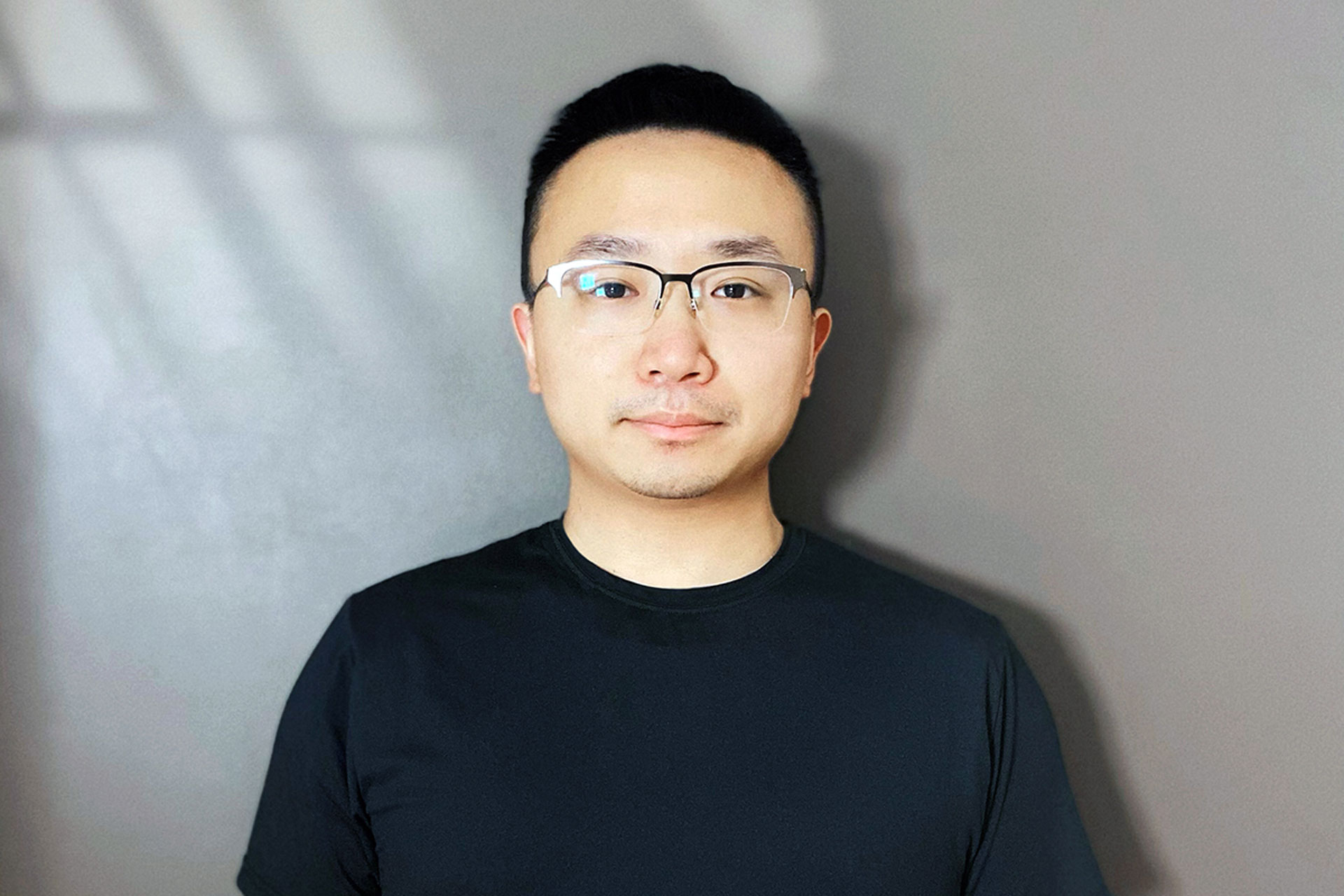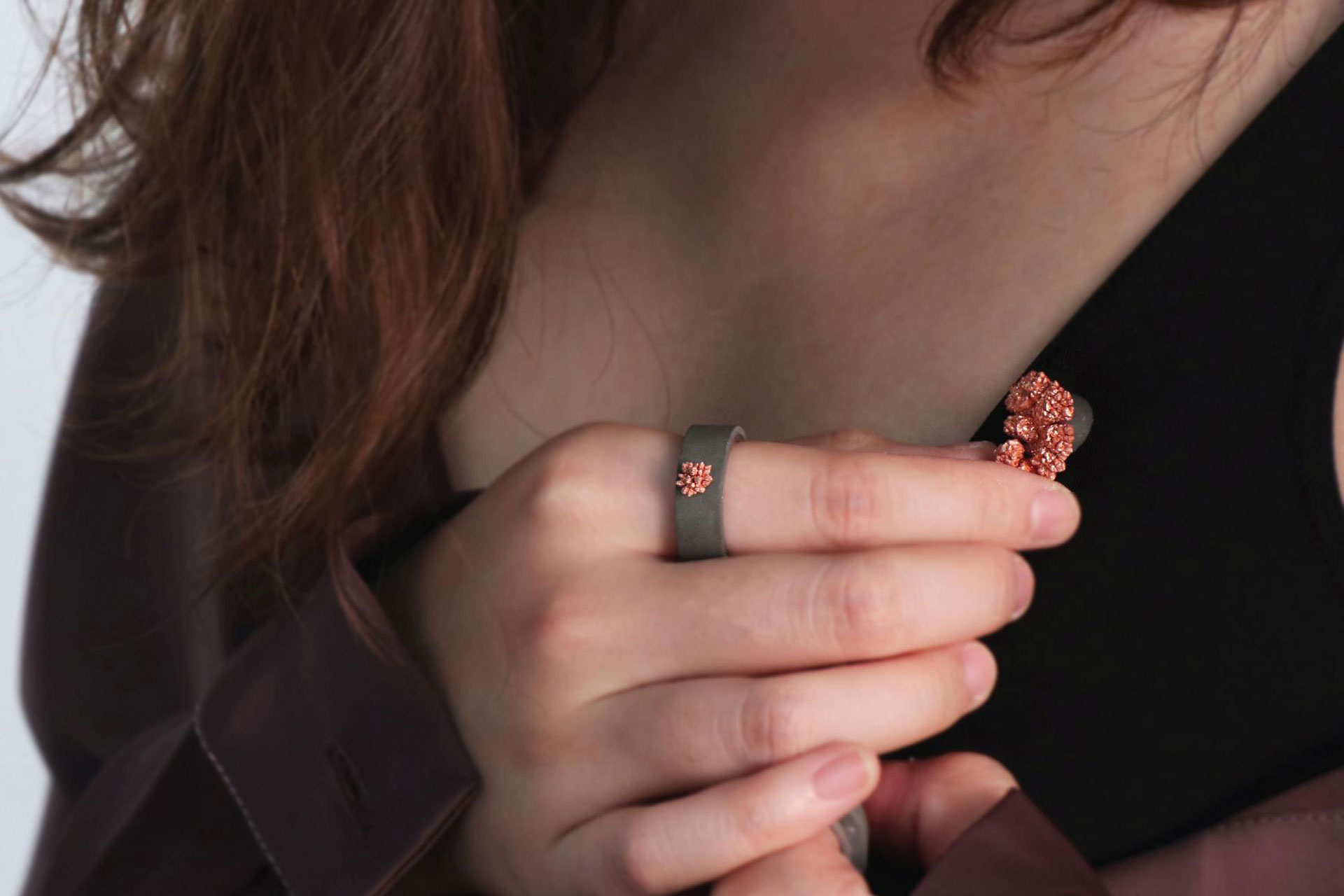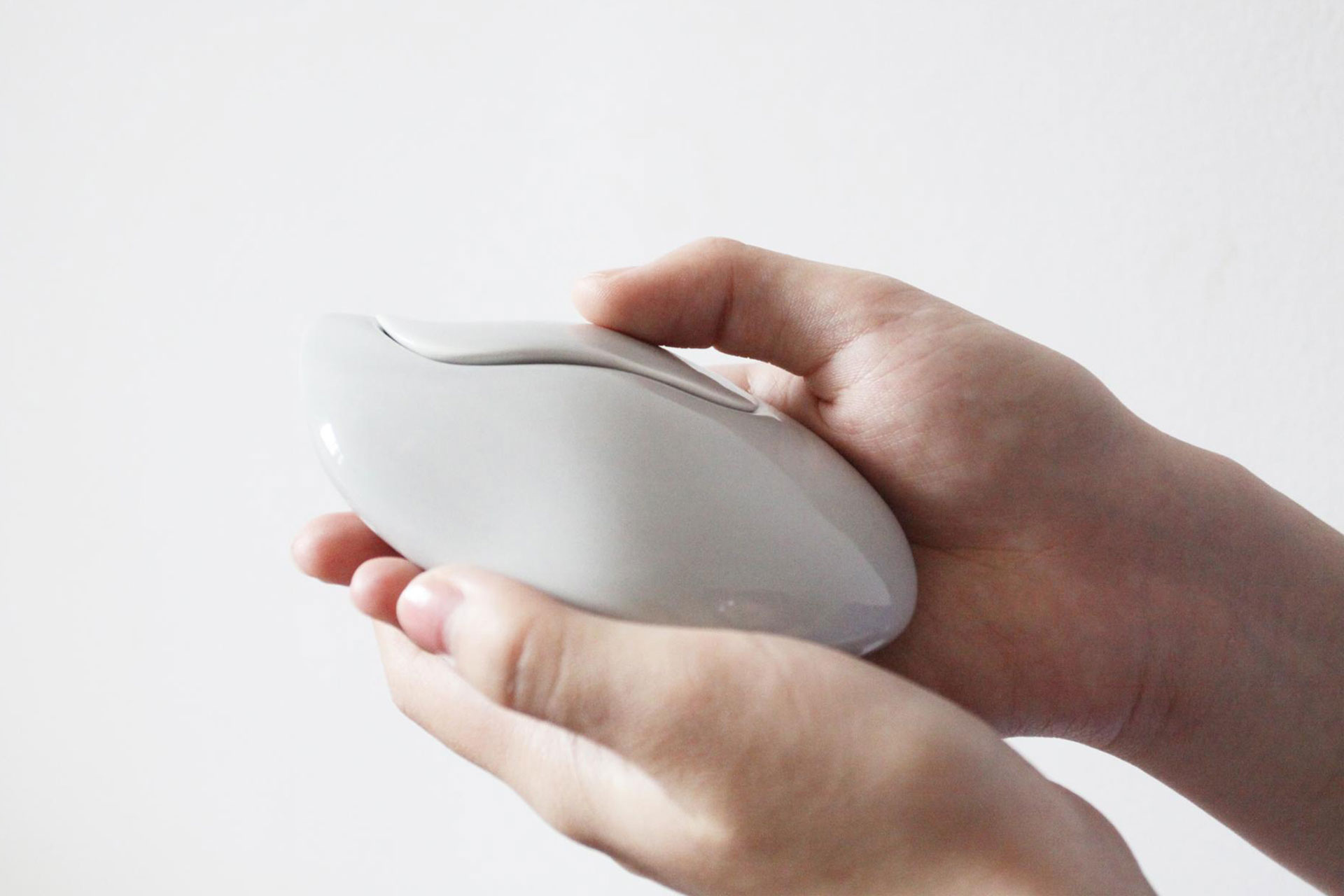Interview with Xiaodong Ma from United States

Interview with Yiwen Zhang from United States
January 18, 2024
Interview with Simone Odoardi from Sweden
January 18, 2024Xiaodong Ma
Xiaodong Ma, an industrial designer and visual artist residing in Chicago and his primary professional emphasis has centered on the design and advancement of healthcare and bicycle products. His fervor lies in crafting innovative products that seamlessly blend physical and digital encounters.
Interview With The 2023 MUSE Design Awards Winner – Xiaodong Ma
I am Xiaodong Ma, an industrial designer and visual artist based in Chicago. I was born and raised in China in 1991 and earned my Master's degree in Industrial Design at California College of the Arts in 2019.
Over the past decade, I have primarily focused on the design and development of healthcare and bicycle products. I am passionate in creating evolutionary products that integrate physical and digital experiences.
Additionally, I am a 2D/3D visual artist. Unlike rational, engineering-oriented, profit-driven commercial projects, visual art is a form of self-expression at the intersection of art and design.
During my undergraduate program from 2009 to 2013, I immersed myself in Donald Norman's 'The Design of Everyday Things' and discovered the crucial role of design as a bridge between technology and life—transforming cutting-edge technologies into user-friendly products. Designers observe the human mindset and behavior to solve real-life problems.
Thus, after graduating in 2013, I chose to start my professional design career in a design agency as an industrial designer. This role gave me opportunities to join a variety of design projects spanning different industries and brands, such as BASF, Continental, and Bosch.
I have ten years of professional experience in industrial design. Currently, I hold the position of Senior Industrial Designer at SRAM in Chicago, where I am responsible for the design development of road bike components. Over the past decade, I have worked with design agencies, enterprises, and startups to bring design concepts to mass-produced products. This involved collaborating closely with diverse stakeholders in both the United States and China.
I possess a deep-seated curiosity about a wide range of subjects, and design is my chosen path to fulfill this curiosity. My involvement in design has been extensive and varied, covering areas such as E-scooters, healthcare, consumer packaging, jewelry, home fitness, smart apparel, and bicycles.
With each design project, I embrace the opportunity to interact with different user groups, acquire knowledge about various industries, and explore different product architectures. Design serves as both a creative tool and a method for me to express my viewpoints. For instance, my acclaimed design '2e-', which consists of experimental jewelry made from industrial copper waste through electrolysis, is aimed at prompting users to reconsider our traditional approaches to recycling.
Intuitive and minimalist design is my favorite. It not only creates an intuitive user experience but also seamlessly integrates with the user's environment. For example, the Samsung Frame TV presents a minimal design resembling a picture frame that perfectly blends into the home environment. I am a fan of this kind of design because nowadays, more and more products constantly fill our lives.
Being surrounded by brands and products makes me feel overwhelmed and anxious. Minimal and intuitive designs appear at the right time and place, seamlessly blending into the environment when not in use.
I have several criteria for good design. Does the product solve problems without creating more? Does it provide a seamless user experience? Is the product's interface simple and easy to understand? Does the product have appropriate materials, colors, and finishes? Last but not least, is the product profitable enough to support the continuous release of good design for the brand?
Good design also requires a designer's sensitivity, a habit of observing, capturing, and recording life details, and the ability to see infinite possibilities in ordinary things. Additionally, a foundation in the technical skills of visual expression is essential. The mastery of these skills directly influences the quality of your design presentation.
Biomimetic design is my design style. I am fascinated by things in nature, such as roadside stones, branches, leaves in the mountains, and seashells by the sea. I focus on capturing the 'changes' and 'growth' of biomimetic design in my work. I enjoy observing the diversity of 3D forms in nature.
For instance, when I created the winning design work '2e-', I controlled variables in the electrolysis process to make different forms of copper resembling coral, mushrooms, and crystals. Compared to my rational and engineering-oriented industrial design background, the purity of nature-form is attractive to me.
I start by questioning everything familiar in life with 'what if... not...,' such as 'what if chairs weren't meant for sitting,' 'what if piggy banks were not disposable,' 'what if our consumption habits weren't driven by the constant pursuit of the new,' and 'what if everything could be used as a drawing tool.' These questions help me break conventional thinking, sparking an exploration of possibilities.
Instead of spending time planning details, it's better to start creating something right away. The making process itself sparks new ideas.
Certainly! This cultural influence is potent and inherent in my design work. I was born and raised in China, and my cultural heritage reflects who I am. I believe that cultural expression in design is not as simple as a stack of cultural elements but a way to convey the values and perspective of culture.
For example, my other design that won a Silver award in the product category, the 'Pebble Hand-warmer,' incorporates the interpretation of stones in Chinese culture, representing static and peaceful. I translated this meaning into my design with the hope that users would experience inner peace when they touch the shape and texture of the stone.
Additionally, the design's minimal and natural form can easily blend into the home environment and elevate the meditation experience.
My design project, 2e-, has been honored with the prestigious Platinum award in both the Material and Jewelry categories. 2e- is a groundbreaking series of experimental jewelry crafted from industrial copper waste through the process of electrolysis. This unique collection aims to redefine the concept of beauty by transforming industrial waste into exquisite jewelry pieces while also advocating for material-recycling process innovation.
In today's world, the global demand for copper continues to rise, leading to increased production and subsequent challenges in recycling copper waste. Conventional copper recycling methods often contribute to environmental pollution. In response to these challenges, I have proposed an alternative, more sustainable solution that not only promotes eco-friendliness but also celebrates the aesthetic potential of industrial materials.
As a designer, my most significant challenge was understanding the principles of electrolysis and establishing experimental procedures. Over several months, I immersed myself in experiments involving the copper electrolysis reaction, aiming to explore the range of copper forms influenced by various factors, including the anode, cathode, voltage, current, and density of the sulfate solution.
I discovered that the shape of the copper crystals could be controlled by manipulating these factors.
Winning awards in the design industry is a recognition of my work and the perspectives I convey through design. It also connects me with fellow designers and artists who share similar passions. For example, my project received Platinum Awards in both the Material and Jewelry categories, allowing me to explore other award-winning designs.
In the Material category, I found inspiration from projects that used innovative materials, shaping my future work. Additionally, the MUSE Design Award provides publication and interview opportunities, enabling me to communicate my design concepts to a wider audience and encouraging more discussions.
During the past, we have done numerous sketches, 3D designs, and renderings. However, with the growing maturity of AI development, we can now easily express our concepts using keywords.
For traditional industrial designers, if we don't transform, we will be obsolete within the industry very soon. In the future, when everyone can easily create their own creations, designers will need to shift their mindset and carve out a unique path to continue utilizing their skills.
China boasts a vast community of designers, and many Chinese enterprises are highly attuned to emerging trends, embracing new technologies with an open mindset. Additionally, the extensive availability of materials suppliers and production resources in China empowers design professionals to swiftly translate these trends into products that enhance daily life.
Over the past decade, we've witnessed the rise of numerous unicorn companies and their iconic products, such as DJI, Xiaomi, and NIO. These Chinese brands and their products have garnered widespread recognition in the international design industry.
In the next 5-10 years, I anticipate the emergence of iconic designs within the realms of artificial intelligence, smart healthcare, and personal health. We will witness an increase in speculative design projects aimed at exploring future lifestyles.
Furthermore, we can expect a rise in hybrid designers who will play pivotal roles in the industry. For instance, the development of smart products, like VR/AR glasses, often demands a fusion of virtual and physical design. Hybrid designers possess unique advantages in collaborating with both software and hardware teams.
Once again, thank you to the MUSE Design Award for providing a platform for designers worldwide to showcase works and exchange ideas. The competition is well-structured and planned, offering designers ample preparation time and professional assistance.
Additionally, despite time zone differences, I could still receive quick updates about the competition during the communication with the organizers.
Winning Entries
2e- Copper Electrolysis Jewelry | 2023
The global demand and production for copper are growing constantly. The traditional processes of refining …
(Read more at MUSE Design Awards)
Pebble Handwarmer |
2023
Stone is unyielding and stable. It represents a quality of steadfastness and unwavering presence, which is central to…
(Read more at MUSE Design Awards)
Xiaodong Ma
Xiaodong Ma, an industrial designer and visual artist residing in Chicago and his primary professional emphasis has centered on the design and advancement of healthcare and bicycle products. His fervor lies in crafting innovative products that seamlessly blend physical and digital encounters.
Read more about this interview with Yishan Chang of MOONGRAY&CO, the Gold Winner of the 2023 MUSE Design Awards.



